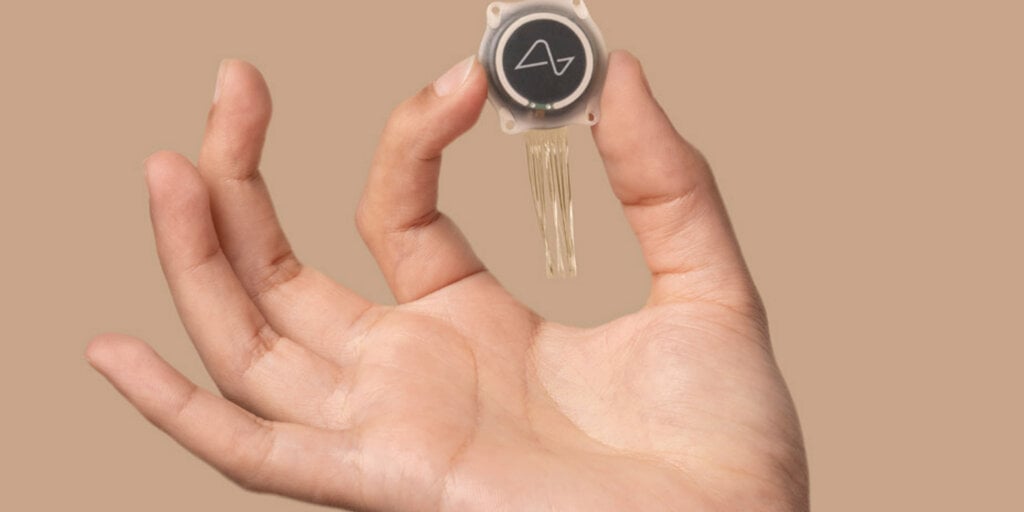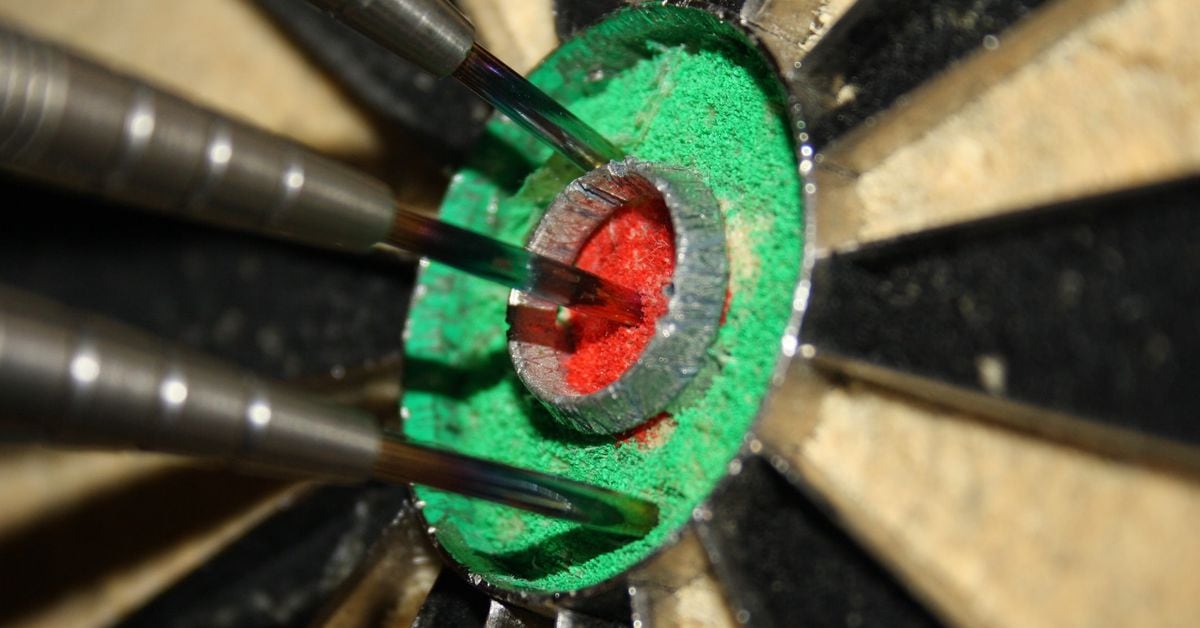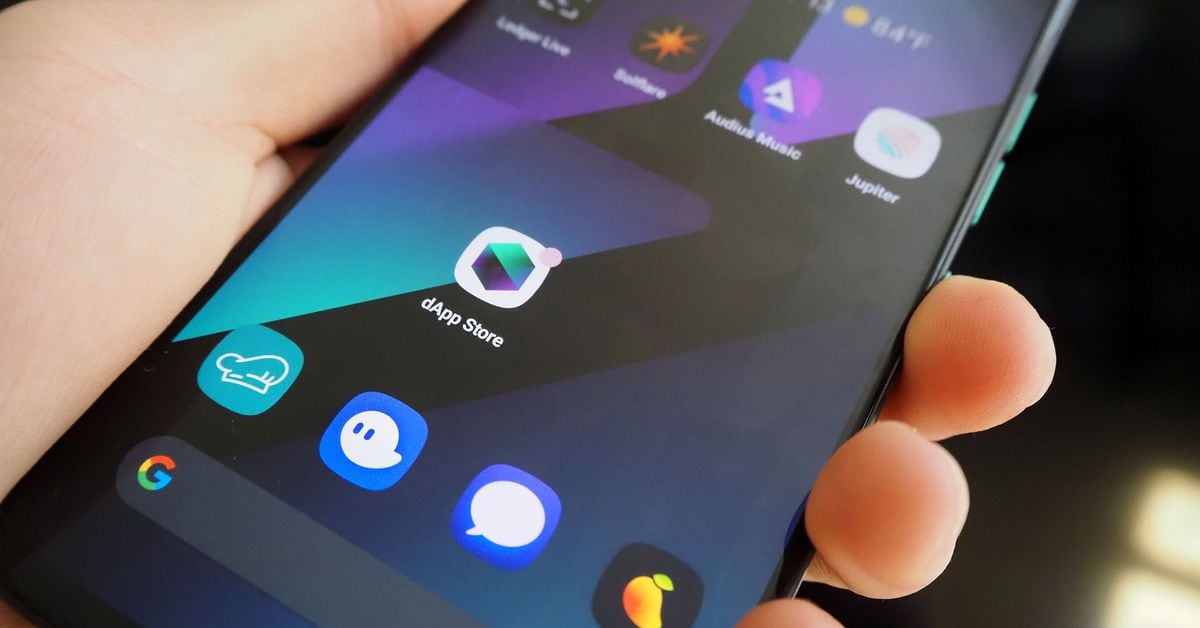

There was good news and bad news for brain-computer interface company Neuralink. Neuralink, the neurotech company co-founded by Elon Musk, has marked 100 days since human testing of its technology began. Specifically, it is tested on a single human subject. This is Noland Arbaugh, a quadriplegic man from Arizona.
Arbaugh had the company’s first-generation N1 Link device surgically implanted in January and was able to go home the next day. Extensive testing followed, but the company reported in a progress update today that some of the ultra-thin electrodes implanted in his brain had “shrinked”, reducing the amount of information transmitted (BPS).
“In response to these changes, we have modified our recording algorithms to be more sensitive to neural population signals, improved our techniques for translating these signals into cursor movements, and improved our user interface,” Neuralink wrote. “These improvements have resulted in rapid and sustained improvements in BPS, superseding Noland’s initial performance.”
The intracortical implant consists of 1,024 electrodes contained in 64 flexible leads, or “threads,” each electrode thinner than a human hair.
It has just been 100 days since the first participant in the clinical trial received the Neuralink implant. Read the latest progress here: https://t.co/7lckGYCK1H
— Neuralink (@neuralink) May 8, 2024
Despite this setback, Neuralink said Arbauch was later able to set a new brain control world record.
Arbaugh achieved human brain-computer interface (BCI) cursor control at 4.6 BPS, surpassing the best results previously documented by researchers. He went on to achieve 8.0 BPS and is currently working to beat Neuralink engineers’ mark with a mouse that gets 10 BPS, the company said.
Neuralink began working with Arbaugh after receiving approval for human testing from the U.S. Food and Drug Administration last September. In an update Wednesday, the company outlined the various ways the implant will allow patients to interact with computers.
“In the weeks following surgery, Noland used Link to control his laptop from a variety of positions, including while lying in bed,” Neuralink said. “He plays online computer games (chess, Civilization VI) with his friends, browses the Internet, does live streaming, and uses other applications on his MacBook – all while controlling the cursor with his mind.”
Arbaugh also used the link to play Mario Kart on his Nintendo Switch, something he hasn’t been able to do since his spinal injury. But it wasn’t all fun and games.
“Noland contributes to research sessions for up to eight hours a day,” the company said. “On weekends, personal use and recreation time can exceed 10 hours per day (recently he used the device for a total of 69 hours per week, meaning 35 hours of structured sessions and an additional 34 hours of personal use) .”
Arbaugh said he found the N1 Link superior to the way he was used to controlling the cursor on his computer screen. Neuralink describes it as a “mouth-held tablet stylus (mouse stick) that must be put into place with the mouse.” “Caregiver.”
“A month ago, I thought mouse sticks were much better than BCIs,” Arbaugh said in an update. “When we compared, we found that the BCI was not better, but still good and still improving. The games we could play now were much better than the previous ones.”
“As a quadriplegic, I’m beating my friends at a game I shouldn’t be beating them at,” he added.
Last week, Arbaugh hosted a live stream on Twitter demonstrating Neuralink technology in action.
“I think it should give a lot of people a lot of hope about what this device can do for their gaming experience first and foremost,” Arbaugh said, “but I think this will translate into so much more. I think that’s a really cool thing.” said. .
Edited by Ryan Ozawa.



